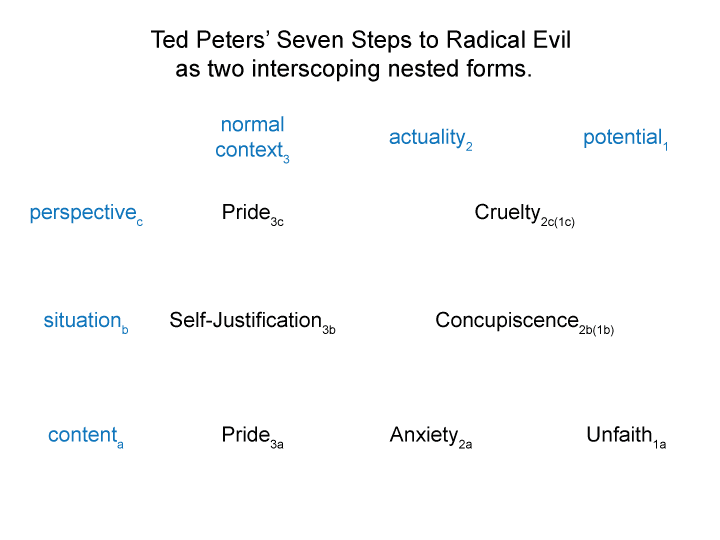Man and Sin by Piet Schoonenberg (1964) 1.7BX
[Thinkgroups do not always seek sovereign power.
When they do, thinkgroup fits this image of “idolatry”.
“The object that brings the person into organization” may become an “idol”.
Ambitious institutions, inspired by their own righteousness, will form alliances in order to attain sovereign power.
These alliances can turn deadly. Each organization wants sovereign power for its own organizational goals. Furthermore, the attainment of sovereign power incites competition for positional power within institutions.
The sovereign cannot contain the infighting “among (infra)sovereign religions” because “these fighting bands have taken over sovereign power”.
In this manner, idolatry eventually leads to sins of ‘man’ against ‘man’.]

